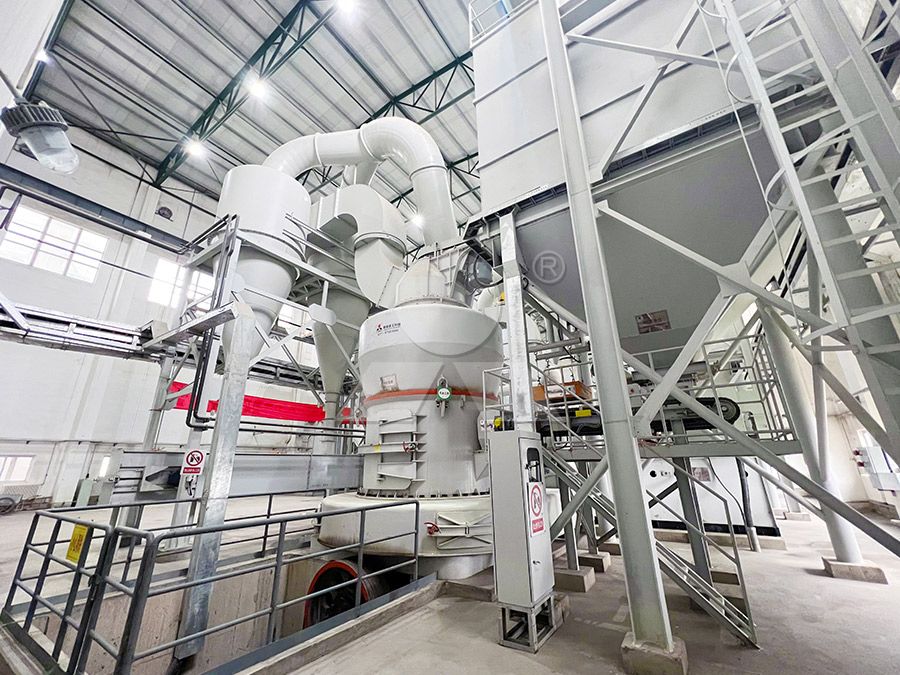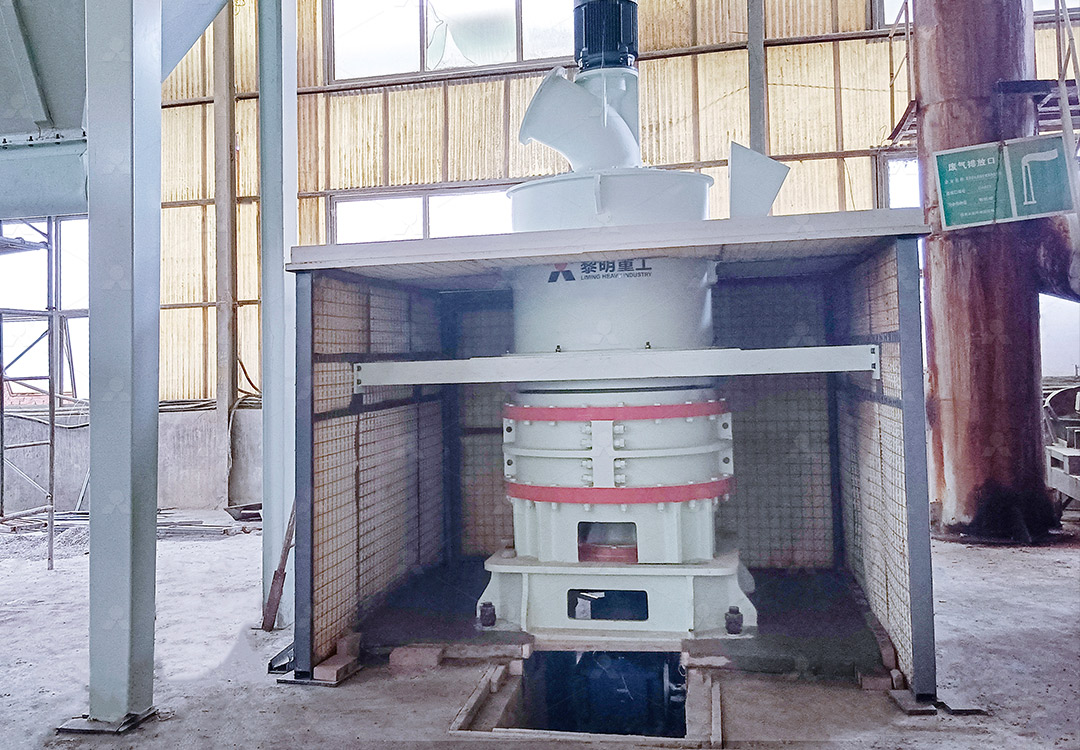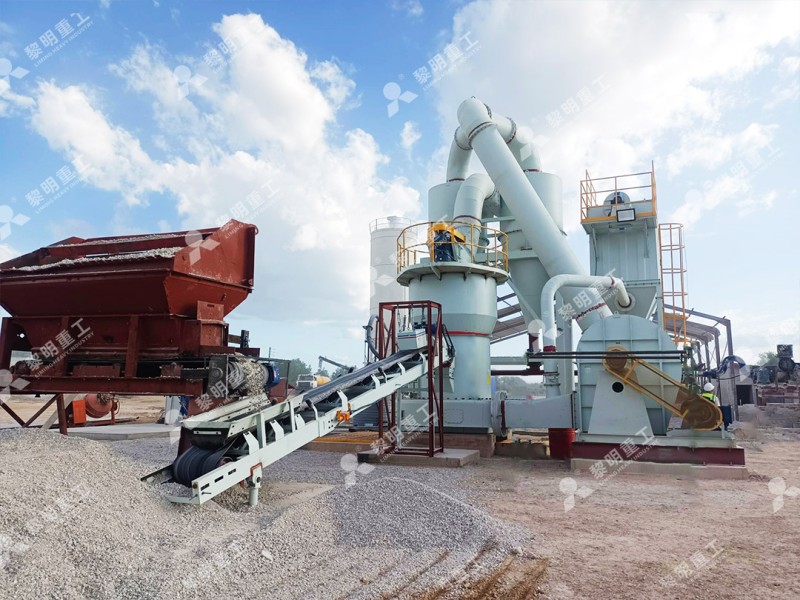High-Performance Grinding Mill for Processing Sticky Ores
We provide a wide range of mills — including Raymond mill, trapezoidal mill, vertical mill, ultrafine mill, and ball mill, obtained ISO9001 international quality certification, EU CE certification, and Customs Union CU-TR certification. Suitable for processing minerals such as limestone, phosphate, quicklime, kaolin, talc, barite, bentonite, calcium carbonate, dolomite, coal, gypsum, clay, carbon black, slag, cement raw materials, cement clinker, and more.
The discharge range of these mills can be adjusted to meet specific processing needs, typically from 80-400 mesh, 600-3250 mesh, and can achieve the finest particle size of up to 6000 mesh(D50).
If you are looking for a reliable grinding solution to turn stone or minerals into fine powder, please feel free to contact our online customer service.
Overcoming the Challenges of Sticky Ore Processing
Processing sticky ores presents significant challenges for mineral processing operations worldwide. These challenging materials, characterized by high moisture content, clay-like consistency, and adhesive properties, often cause material buildup, reduced throughput, and increased maintenance downtime in conventional grinding systems. The unique physical characteristics of sticky ores demand specialized grinding equipment designed to handle their particular behavior throughout the comminution process.
Traditional grinding mills frequently struggle with sticky materials due to their tendency to adhere to grinding surfaces, choke feed systems, and reduce overall grinding efficiency. This results in decreased production capacity, higher energy consumption per ton processed, and increased wear on mechanical components. Operations dealing with kaolin, certain limestone varieties, bentonite, and other clay-rich minerals understand these challenges all too well.

Advanced Engineering Solutions for Difficult Materials
Modern grinding technology has evolved specifically to address the difficulties posed by sticky ores. Through innovative design features and operational principles, today’s high-performance mills can effectively process these challenging materials while maintaining operational efficiency and reliability. Key considerations include specialized grinding chamber designs that minimize material adherence, advanced airflow systems that prevent clogging, and mechanical configurations that reduce the impact of material buildup.
The most effective solutions incorporate multiple approaches to handling sticky materials, including optimized grinding geometry, sophisticated material transport systems, and intelligent control mechanisms that adapt to changing material characteristics. These systems work in concert to maintain consistent throughput and product quality despite the challenging nature of the feed material.
Recommended Solution: MW Ultrafine Grinding Mill
For operations processing sticky ores, the MW Ultrafine Grinding Mill represents a significant technological advancement. This system handles materials with input sizes up to 20 mm and capacities ranging from 0.5 to 25 tph, making it suitable for various production requirements. The mill’s design specifically addresses challenges common with sticky materials through several innovative features.
The grinding chamber’s unique configuration eliminates rolling bearings and screws in areas prone to material accumulation, substantially reducing maintenance concerns associated with sticky ore processing. This design decision prevents common failure points and ensures continuous operation even with challenging materials. The external lubrication system allows for maintenance without shutdown, crucial for maintaining production schedules when processing difficult ores.

Enhanced Performance Characteristics
The MW Ultrafine Grinding Mill demonstrates remarkable efficiency in sticky ore applications. Its newly designed grinding curves for rollers and rings enhance grinding efficiency significantly, achieving production capacity 40% higher than jet grinding mills and stirred grinding mills at equivalent fineness and power levels. The energy consumption reduction to just 30% of jet grinding mill requirements provides substantial operational cost savings.
The cage-type powder selector, incorporating German technology, enables precise control over product fineness ranging from 325 to 2500 meshes. This flexibility allows operators to optimize output quality for specific applications while maintaining efficiency with sticky materials. The system achieves consistent d97≤5μm screening rates in a single pass, reducing the need for recirculation that often compounds challenges with adhesive ores.
Environmental and Operational Benefits
Beyond its technical capabilities, the MW Ultrafine Grinding Mill incorporates comprehensive environmental protection features. The integrated pulse dust collector ensures no dust pollution during operation, while silencers and noise elimination rooms maintain workplace noise at acceptable levels. The entire system operates in compliance with national environmental protection standards, addressing growing regulatory requirements worldwide.
For operations requiring vertical grinding solutions, the LUM Ultrafine Vertical Grinding Mill offers complementary capabilities with input sizes up to 10 mm and capacities from 5 to 18 tph. Its unique roller shell and lining plate grinding curve design facilitates material layer generation and high finished product rates through single-pass powder milling. The double position-limiting technology provides exceptional operational stability, particularly valuable when processing variable or challenging materials like sticky ores.

Implementation Considerations
Successful implementation of high-performance grinding mills for sticky ores requires careful consideration of material characteristics, production requirements, and operational constraints. The digital processing capabilities of modern mills, including numerically controlled operations for cutting, bending, planing, milling, and paint spraying, ensure high precision manufacturing of core components. This manufacturing excellence translates to reliable performance in demanding applications.
Comprehensive technical support and original spare parts availability further enhance operational reliability. With businesses covering both production and sales, manufacturers can assume responsibility for equipment performance and provide the necessary support to ensure worry-free operation, particularly important when processing challenging materials like sticky ores.
Frequently Asked Questions
What makes sticky ores particularly challenging for grinding operations?
Sticky ores tend to adhere to grinding surfaces, cause material buildup in processing equipment, reduce throughput, increase energy consumption, and accelerate wear on mechanical components. Their high moisture content and clay-like consistency require specialized equipment designed to handle these specific challenges.
How does the MW Ultrafine Grinding Mill address material buildup concerns?
The MW Mill eliminates rolling bearings and screws within the grinding chamber, removing common failure points where sticky materials typically accumulate. The external lubrication system allows maintenance without shutdown, while the advanced grinding chamber design minimizes areas prone to material adherence.
What capacity range does the MW Ultrafine Grinding Mill cover?
The MW Mill handles capacities from 0.5 to 25 tph with input sizes up to 20 mm, making it suitable for various production requirements from pilot plants to medium-scale operations processing sticky ores.
How does the mill maintain environmental compliance during operation?
The system incorporates an efficient pulse dust collector that prevents dust pollution, along with silencers and noise elimination rooms to reduce acoustic impact. The entire milling system operates according to national environmental protection standards.
What advantages does the cage-type powder selector provide?
This technology, based on German engineering, enables precise powder separation with adjustable fineness between 325-2500 meshes. It achieves d97≤5μm screening rates in a single pass, reducing recirculation that often compounds problems with sticky materials.
